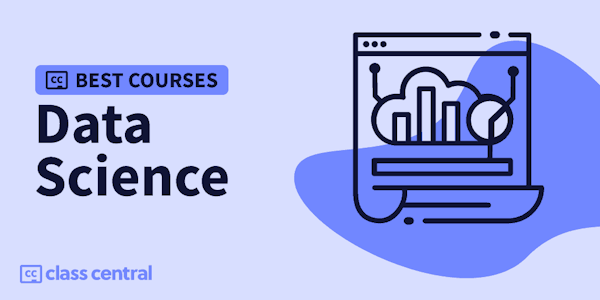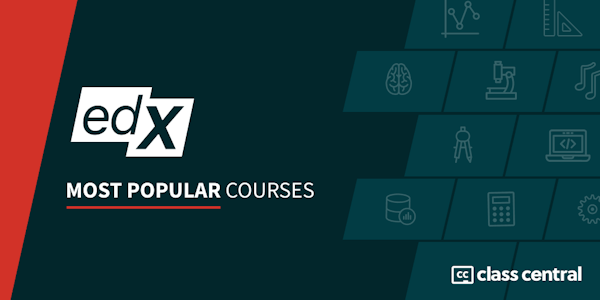In the information age, data is all around us. Within this data are answers to compelling questions across many societal domains (politics, business, science, etc.). But if you had access to a large dataset, would you be able to find the answers you seek?
This course, part of the Data Science MicroMasters program, will introduce you to a collection of powerful, open-source, tools needed to analyze data and to conduct data science. Specifically, you'll learn how to use:
- python
- jupyter notebooks
- pandas
- numpy
- matplotlib
- git
- and many other tools.
You will learn these tools all within the context of solving compelling data science problems.
After completing this course, you'll be able to find answers within large datasets by using python tools to import data, explore it, analyze it, learn from it, visualize it, and ultimately generate easily sharable reports.
By learning these skills, you'll also become a member of a world-wide community which seeks to build data science tools, explore public datasets, and discuss evidence-based findings. Last but not least, this course will provide you with the foundation you need to succeed in later courses in the Data Science MicroMasters program.











